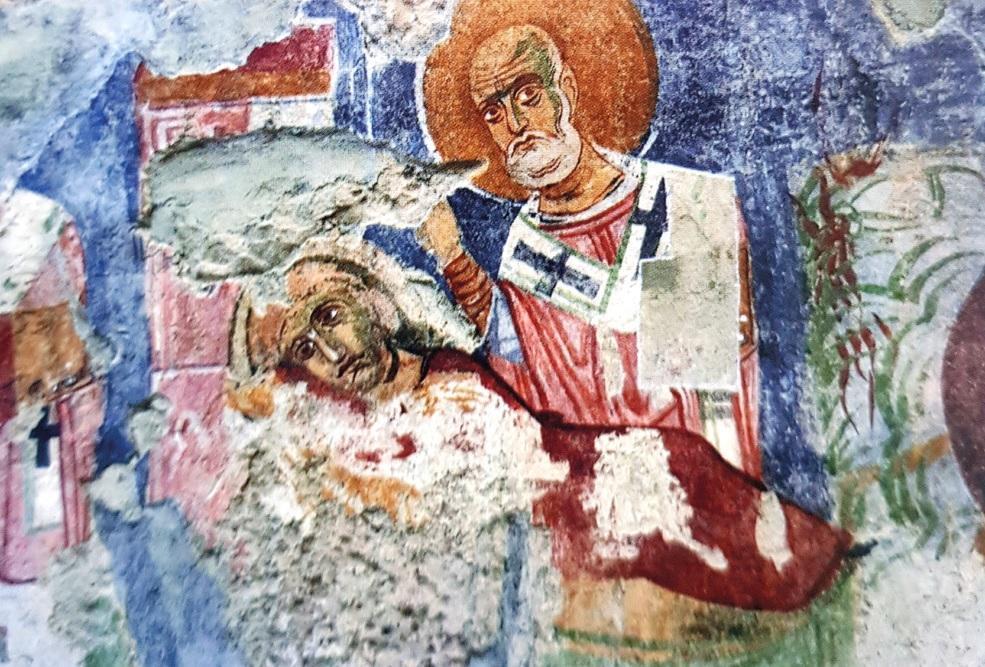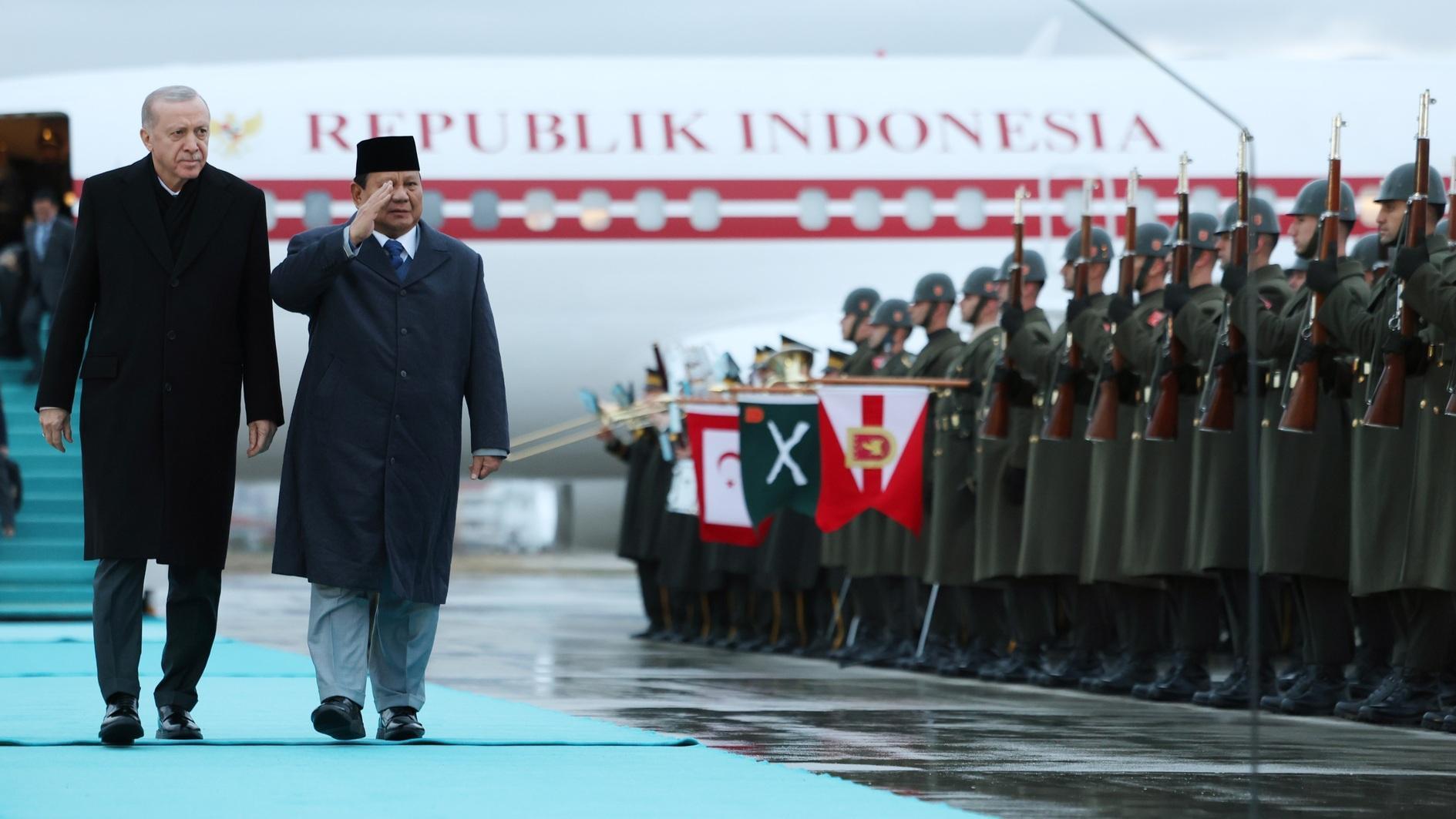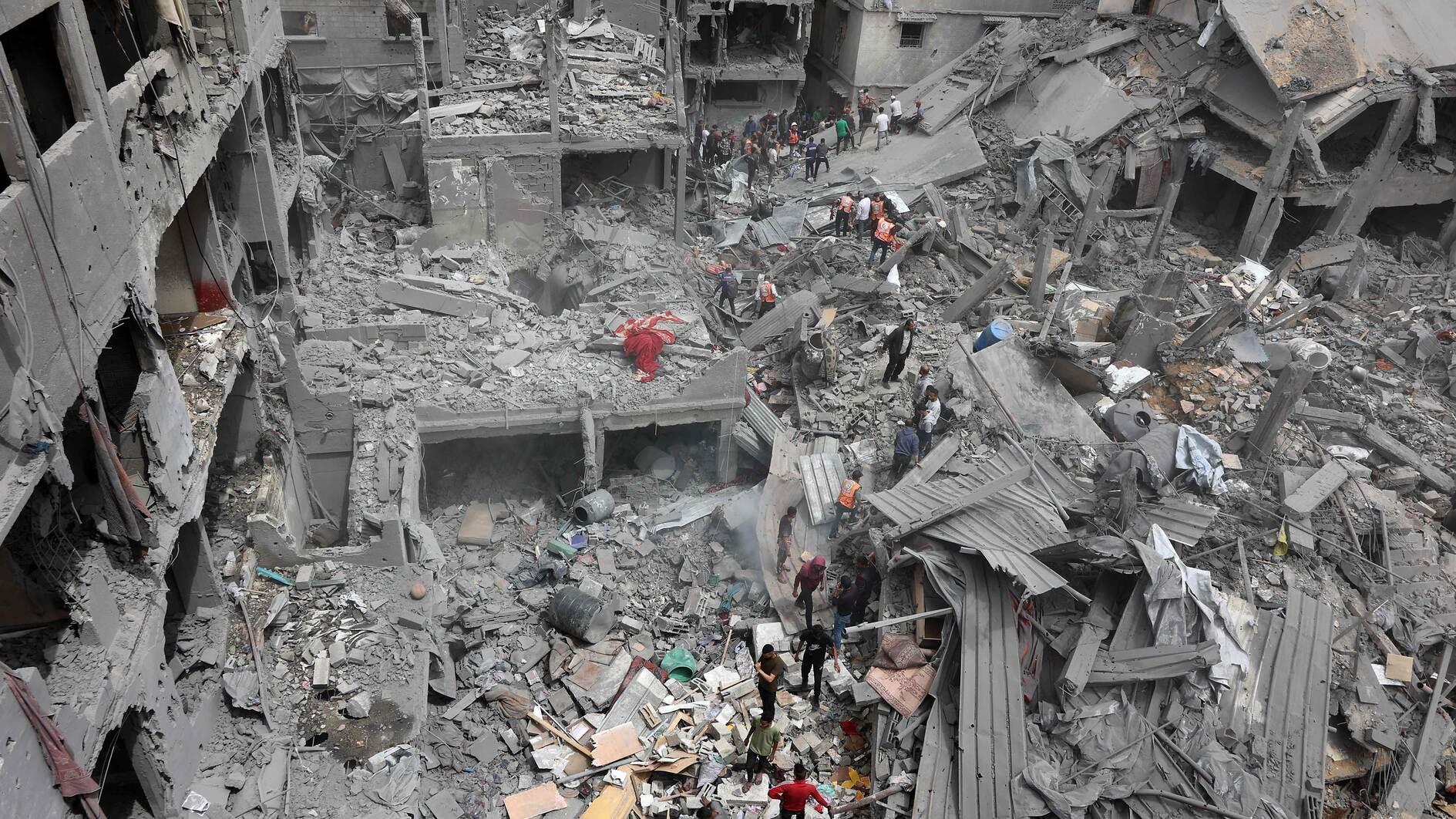Antalya, hometown of Santa Claus
ANTALYA

He rides a reindeer-drawn sleigh, makes toys in the North Pole with the help of elves and brings gifts to children through chimneys. Father Christmas is an indispensable part of Christmas every year across the world. But little is known that he was a native of what is today Antalya, a tourist hotspot on Turkey’s Mediterranean coast.
Christians worldwide will celebrate Christmas, the birth of Jesus Christ, on Dec. 25 leaving behind a year marked by an unprecedented global pandemic that has wreaked havoc on houses, families, countries and health care systems across the world.
But Santa Claus remains strong as ever. Large companies and those commodifying Christmas have reportedly made $1.6 trillion on the back of St Nicholas, more well-known as Santa Claus, who was born in Myra in today’s Demre district of Antalya.
The head of archaeological excavations in the ancient city of Myra, Professor Nevzat Çevik said Santa Claus was a real person who lived in Antalya and gave Christmas gifts to children. “He is originally from Antalya’s Demre district. His name is St. Nicholas. He was born, grew up and died in Antalya. His remains are also in Antalya.”
“His story starts in Patara. He was born into a family living there. He came to Myra in Demre district when he was young and established a church and a halki seminary there. Myra then turned into a Christian settlement in the Byzantine era,” he said, adding that the frescoes on the wall of the Santa Claus Museum feature the “original St. Nicholas.”
Çevik said that St. Nicholas, who was born in A.D. 270s in Patara and died in A.D. 342 in Myra, was buried there and his grave is in a church in Myra. “The current church there is the largest church built in the place of this early-era church,” he added.
Stating that Myra turned into a pilgrimage center of Orthodox Christians, Çevik said, “They visit the St. Nicholas Church and his grave. Demre always breaks records in terms of the number of tourists visiting Antalya.”
Stating that some of his bones were extracted from his grave in 1087 by Italian merchants and taken to Bari, Italy, Çevik said that they also established a St. Nicholas Church there and then Bali turned into a faith center, too.
Reminding that St. Nicholas is believed to be the protector of children and someone who gives gifts to them, Çevik said that this is the reason why he is considered a saint.
He said that it would be wrong to say that the bones extracted from the church in Myra and exhibited today in Italy and Antalya are the bones of St. Nicholas, adding, “We didn’t get the chance for a DNA analysis but we believe that the bones belong to him and they are under protection at the Antalya Museum.”
He also added that they made official applications to Italy for the return of the bones taken to Bari in 1087.
















